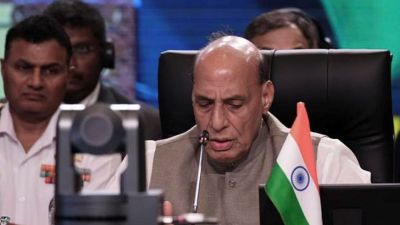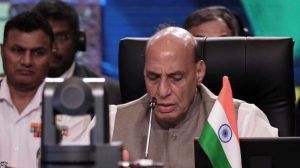Tax sweetener for all,sweeter if youre richer
The government raised the income tax exemption limit by Rs 10,000 for general taxpayers,and by Rs 15,000 for senior citizens.
The hike in income tax exemption limit by up to Rs 15,000 will definitely make the middle-class happy,but the high-income category those earning over Rs 10 lakh a year is in for a bonanza.
For an individual earning Rs 20 lakh a year,the abolition of 10 per cent surcharge will lower the tax burden by Rs 4,420 a month (see chart above).
Finance Minister Pranab Mukherjee today kickstarted the phasing out of surcharges by letting high-income individuals be the first beneficiaries. This,officials said,will cut collections by Rs 6,000 crore.
Tax experts said the effect of doing away with the surcharge will be 10.3 per cent for the above Rs 10-lakh-income group since the education cess of 3 per cent on the surcharge will also go.
The hike in exemption limit for senior citizens by Rs 15,000,for women and all salaried taxpayers by Rs 10,000 will cost the exchequer another Rs 4,000 crore. In other words,by doing away the surcharge and increasing the exemption limit,Mukherjee has imparted a Rs 10,000 crore stimulus.
High-income individuals have more than one reason to smile. The Budget has doubled the threshold limit at which the wealth tax of 1 per cent kicks in. After 17 years,the threshold limit has been increased to Rs 30 lakh from 15 lakh. Wealth in excess of Rs 30 lakh will lower wealth tax by at least Rs15,000.
Women,for whom Mukherjee has hiked the threshold I-T exemption limit to Rs 1.9 lakh,will make substantial savings if they are in the higher income bracket. The tax burden of senior citizens will be at least Rs 1,500 less,whereas for all individual taxpayers,it will be lower by a minimum Rs 1,000.
The trap for salaried professionals lies in the way fringe benefit tax has been shifted from the employer to the employee. The gains from employee stock option plans (ESOPs) will now be taxable at the employee end. The contribution by employers to approved retirement funds in excess of Rs 1 lakh will be taxed at the hands of employees,resulting in an increase in their tax outgo.






- 01
- 02
- 03
- 04
- 05

























